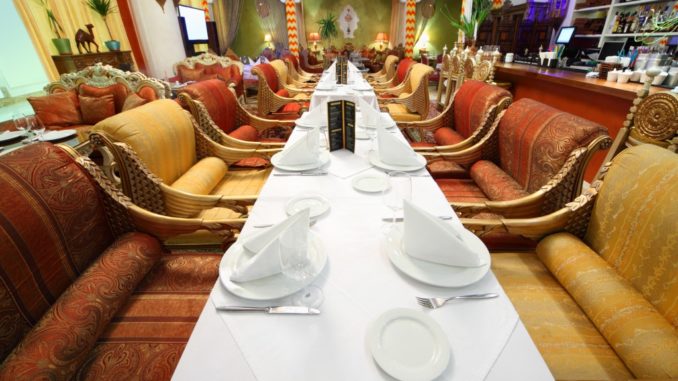
Interior designers have long drawn inspiration from Turkey. Its art and architecture are filled with endless, complicated patterns which are a product of individual craftsmanship and techniques handed down through the centuries. If you’d like to bring this sort of vibrant, exotic, and eclectic aesthetic into your home, here are the key elements of Turkish-inspired design you should work on.
It’s in the fabric
Turkish rugs are world-famous; what better way to give visitors the sense of stepping into an Istanbul home than by decorating the floor? Shop for a variety of handmade modern rugs and call attention to the rich designs at your feet. While you’re at it, bring the complex patterns and warm hues of Turkish fabric to your walls with intricate tapestries, and extend the same textural depth to your upholstery.
Style with tiles
Beautiful, hand-painted ceramic tiles with floral motifs and bright colors are the signature craft of Iznik town, and have spread to decorate interiors throughout Turkey and beyond. The versatility of tiles can be applied to many parts of your home to create a stunning look without the need for a major renovation. With a wide selection of patterns, you can easily complement the existing colors of your home or create contrast.
Metal accents
The Grand Bazaar in Turkey is where the country’s finest metal craftsmen showcase their works in gold, silver, copper, brass and other metals. Visitors come away deeply impressed by the ornate metal designs. You can evoke that association by using the same metal in accents on furniture or mirrors, candleholders, ibrik sets, coffee pots, large decorative platters and bowls, for example.
Carved wood
Throughout Turkish history the art of wood carving has been prominently featured in decorative objects and architecture. Early artisans mastered woodworking without nails or glue, and later on mastered techniques from sunken relief to latticework and lacquering. Whether you prefer elaborate designs or more restrained and simple pieces, elegant carved wooden furniture of walnut, rosewood, oak, or other traditional materials will instantly fit in with the rest of your aesthetic.
Lanterns

Rich with kaleidoscopic colored glass, the lanterns and chandeliers made by Turkish artisans are another signature item sought after by many tourists at the Grand Bazaar. Glassmakers cut hand-crafted designs into different colors of glass and create intricate mosaic patterns. Unless you’re visiting Turkey soon, you can search online for reputable dealers and bring beautiful lighting into your home.
Geometric patterns
Going a little beyond materials, furnishings, and decorations, it’s also essential to incorporate geometric patterns into your design. The country’s Islamic heritage facilitated the influence of geometry in art, calligraphy, and design. Mosaics on your floor, ceilings, or dividers can be a great way to showcase this aesthetic as you redesign your interior.
Comfortable areas
Another aspect of interior design which you shouldn’t overlook is the layout. Giving guests a comfortable space is a common feature in Turkish homes; as a people, they love to entertain and serve food to guests. Make sure your living room and dining areas can accommodate many guests, and have relaxing cushions and seats on your sofa and chairs.
With a little effort, you can curate your décor, use Turkish traditional materials and motifs, and incorporate elements of the country’s rich history and complex craftsmanship to elevate your home’s interior design.
